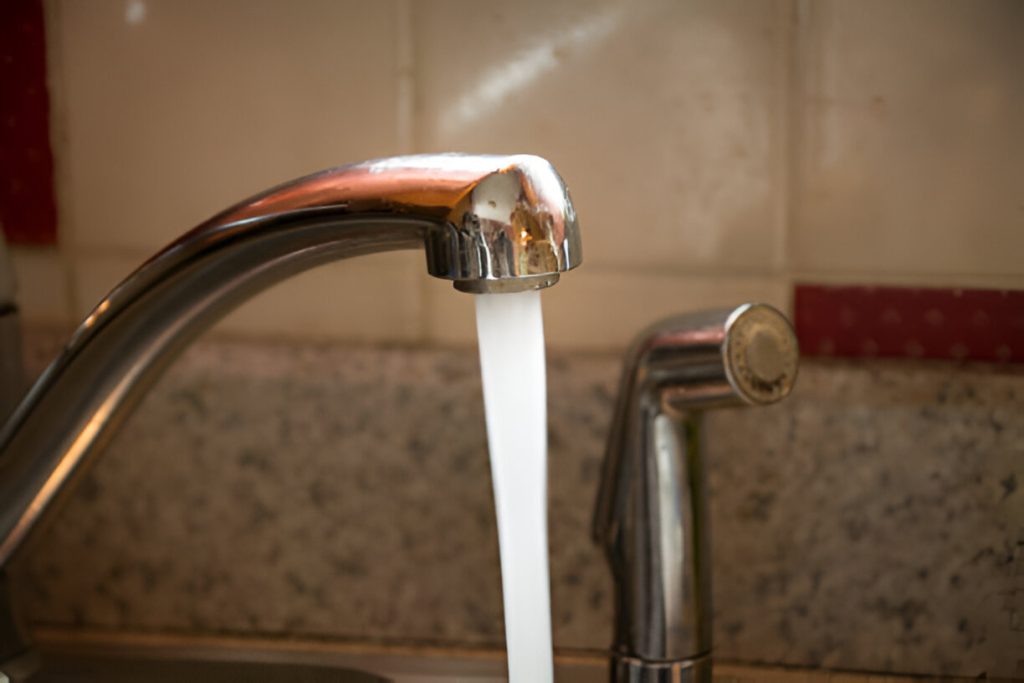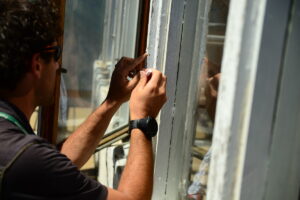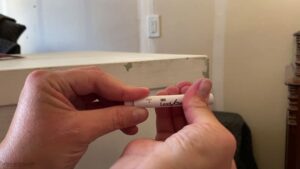Many homeowners do not realize how dangerous lead contamination can be in their water supply. Over time, lead can come from old pipes into the drinking water we use every day. However, this can cause serious harm to the nervous system and other parts of the body. Lead exposure affects millions worldwide, especially in older homes with outdated water systems. High lead levels can harm children the most, causing long-term health problems.
In this blog, we will discuss how lead contamination can cause damage and what you can do to minimize exposure.
Tips To Avoid Lead Contamination in Water
Now, let’s discuss a few tips which can help you to avoid lead contamination.
Check Out Agency Records
Homeowners in many cities can find valuable information about lead in their water system by checking public records. These records show where lead service lines exist and the lead water testing results. It’s important to know if your city has lead issues in water. Many locations may not show clear data, so using public records helps identify risky regions.
You can also test your drinking water directly, but the easy way is to look at the public records for early warnings about lead. If the results show high lead levels, take action quickly to avoid further problems.
Follow Instructions for Flushing Before Drinking Water
Residents should follow flushing instructions provided by their cities before drinking tap water. After your water has been off for several hours, run the tap for a few minutes to clear any contaminants. You can check your city’s website to find out how long it takes to flush the pipes.
By following these instructions, you can ensure your water is safe to drink. This simple step also helps remove any lead or other harmful substances in the pipes.
Choose and Maintain Your Water Filter Carefully
You should install and use a certified water filter to remove lead. When you choose a filter, check the list of filters that can reduce lead levels in your water. Follow the manufacturer’s guide to change the filter properly.
Get Your Tap Water Tested for Lead
Many cities offer free or independent testing services to help you check for lead in tap water. Some public services do this for free, while others may ask you to pay for a lab test. It’s important to perform testing regularly, especially in older homes. You should collect multiple samples from different taps in your home to get accurate results.
Before taking a sample, don’t let your water run too long to get the best results. This helps find any lead present in your water.
Use Only Cold Tap Water for Drinking
Always drink cold tap water because warm or hot water can increase lead levels. When water heats up, lead concentrates, increasing the lead content. Boiling water won’t remove lead; it can worsen it by increasing the lead amount.
To stay safe, use only cold water for drinking and cooking. It helps reduce the risk of lead exposure for you and your family.
Maintain Your Faucet Aerators
It’s important to regularly remove and clean your faucet aerators because they can trap lead particles. Over time, sediment and small particles can collect in the screen of the aerators, affecting water quality. Cleaning them prevents harmful lead from getting into your drinking water.
Each faucet in your home may have an aerator, so remember to check and clean all of them. Keeping the aerators clean helps maintain safe water for your family.
Protect Your Children
Parents should always use filtered or bottled water when preparing baby formula or giving children water for drinking and cooking. Pregnant and nursing women should also be careful, as lead exposure can harm both them and their babies. Ask your pediatrician or doctor if your water needs to be tested for lead.
By choosing safe water, you protect your family from the risks of lead. Always use clean water to keep your children safe and healthy.
Also Read: How Lead Exposure Affects Children: Risks and Prevention
Replace Your Pipes and Fixtures
Check if your home has lead-containing pipes or fixtures. If so, find and replace them. A certified plumber can help you install new, safer pipes and fixtures that do not contain lead. After you replace the old pipes and fixtures, always flush your system to remove any leftover particles.
Conclusion
It’s important to know that the pipe bringing water to your home from the street could have lead contamination if the service line contains lead. This can affect your water quality, even if the city replaces part of it. So solving this problem as soon as possible is really important. If you are looking for a professional to help you in this matter, make sure to contact Manhattan Lead Inspection. They have served over 1,000+ customers, and they all have great experience with them.




